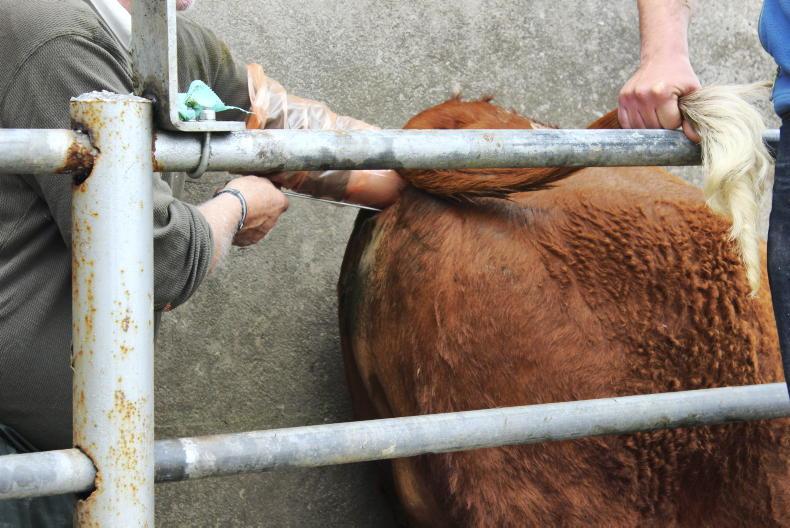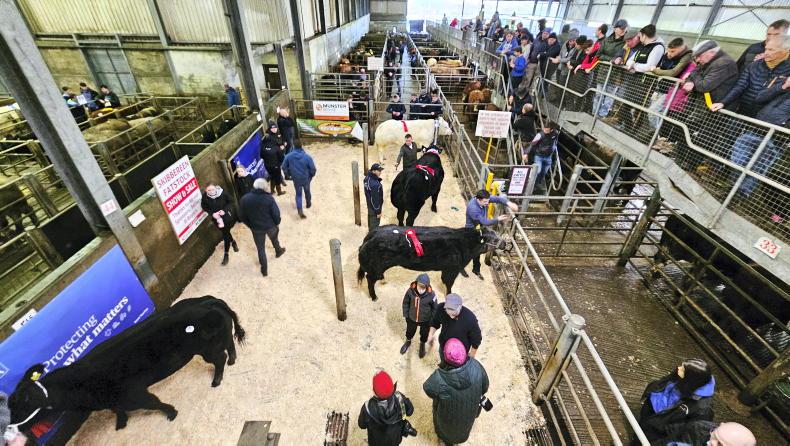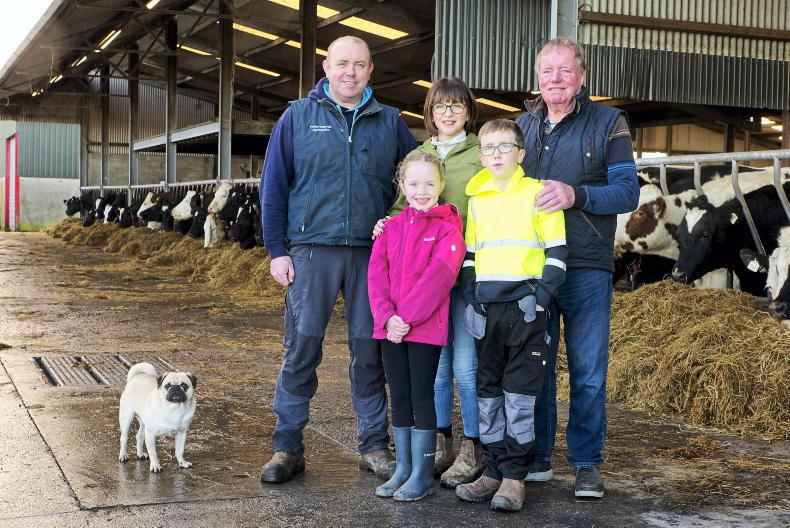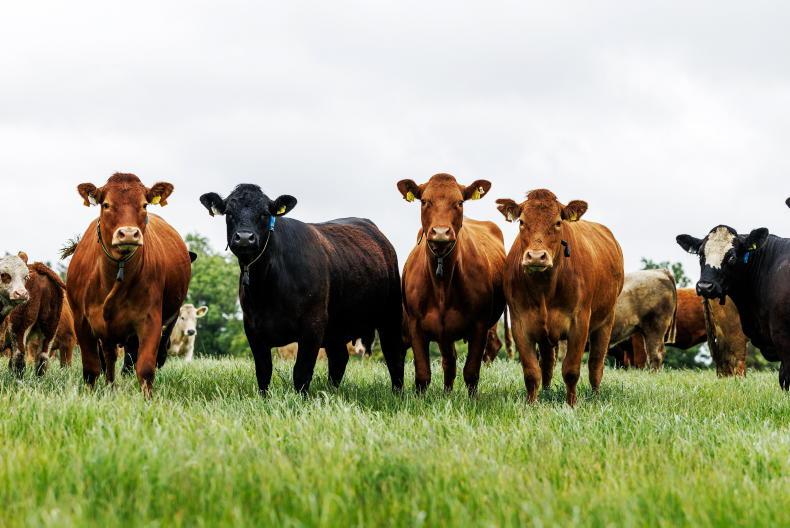1 Cow condition
Ensuring cows are in good body condition post-calving and pre-breeding is critical to ensure cows come in to heat quickly and have a high conception rate.
Farmers should target cows to calve down at 2.5-3 BCS, with a target of 2-2.5 of a BCS at breeding time. Handling cows and identifying overly thin/fat cows will allow for timely action to be taken. Supplementation in the form of concentrates may be required for those in a poor BCS.
2 Nutrition/minerals
Key to ensuring cows come in to heat and have a high chance of conception is a high-quality diet. Early spring calving cows should be fed high-quality 70 DMD+ silage for adequate energy intakes until turnout. Where silage is of poorer quality, 1-2kg of concentrates should be fed to prevent condition loss and allow for ovulation.
Spring-calving cows turned out to grass for breeding should be targeted with high quality, leafy swards of 1,300-1,500kg/ DM/ha. Mineral bolusing/ drenching should be completed pre-calving and again pre-breeding if required.
3 Heat detection
Various forms of heat detection can be used to identify heats. Tail paint/ scratch cards prove a cost-effective way of identifying heats in cows and heifers, with a requirement to top up paints/ replace cards as needed.
Vasectomised bulls can also be used, with farmers opting to purchase a dairy-bred animal or to vasectomise one of their own calves for biosecurity reasons.
The cost of a vasectomy is €90-120 and bulls should be operated on six to eight weeks before turnout to allow for healing of the wound and to avoid them breeding with cows.
A chin ball harness or an electronic aid can be used in conjunction with a teaser bull.
4 Infrastructure
Good handling facilities can be a help for AI in suckler herds, especially on outfarms. Farm roadways can be of great assistance in moving cows and calves from paddocks to handling facilities.
Where these are not in place, temporary roadways can be created using reels and temporary post to funnel stock towards a pen.
Having a safe handling unit, be it temporary or permanent, is necessary to allow both you and an AI technician to safely carry out insemination.
Regular handling of stock will improve stock temperament, with occasional feeding of concentrates proving a useful tool in moving stock throughout the farm and in to handling facilities.
5 Synchronisation
Synchronisation can be used to reduce labour surrounding heat detection and allow for a more compact calving period.
Synchronisation is achieved by the use of progesterone inserts (PRID® Delta or CIDR) combined with GnRH and prostaglandin, all of which are prescription only medicines (POM). Typical costs for synchronisation are €25-30 per cow excluding veterinary callout and AI costs.
Conception rates vary from 30-75%. Cows should be a minimum of 35 days calved before synchronisation begins and on a high plane of nutrition four weeks before and after breeding.
Talk to your veterinary practitioner to formulate a possible regime. In maiden heifers, costs for synchronisation can be reduced by not using a progesterone insert. Good heat detection is initially carried out for six days and all heifers detected in heat are inseminated. On the sixth day, all heifers not yet detected in heat are injected with prostaglandin. About 90% of the injected heifers will respond to the prostaglandin and show heat two to four days after injection and should be inseminated as normal, with conception rates similar to conventional breeding.










SHARING OPTIONS